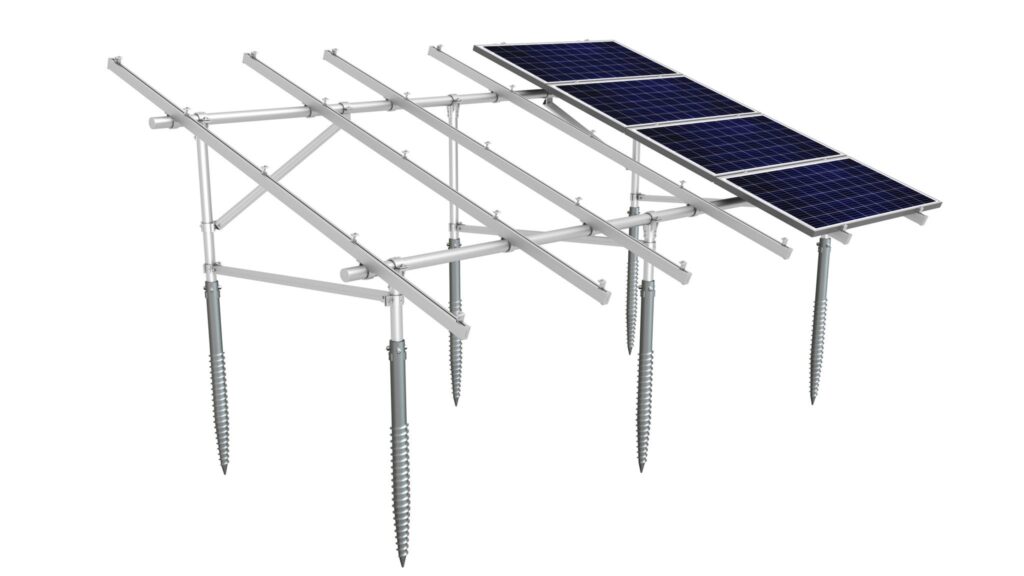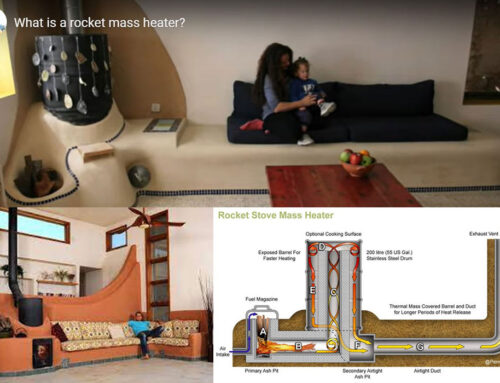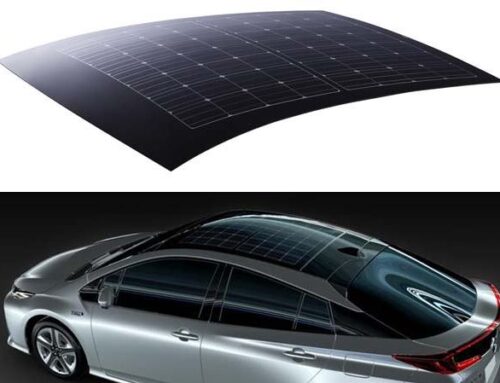Concrete Is Out: SEG’s Groundbreaking Switch to Ground Screws (pun intended!)
At SEG, we are dedicated to innovating for the well-being of our planet and helping our customers feel good about working with us, knowing sustainability and innovation are our core values. Ground-mounted solar systems, which have traditionally relied on concrete footings and piers, now have an eco-friendlier alternative to secure them to the earth, RESUSABLE ground screws.



By using ground screws instead of concrete, SEG saves an average of 7 cubic yards of concrete per installation. This is the equivalent of over 28,000 lbs or 14 tons of concrete that is not manufactured and transported to the site.
To be clear, steel ground screws also need to be manufactured and transported but they can be REUSED while still holding their integrity and function, while concrete cannot be reused in the same fashion.
Not only are ground screws reusable, they also better preserve soil ecosystems and reduce site disturbance. Their lightweight and maneuverable design enables faster installation, immediate loadability, ability to cut through any ground and rock, while also functioning well on slopes and challenging construction sites.
Why has concrete come under fire as being un-sustainable?



Here is what 14 tons or 7 cubic yards of concrete for a solar installation represents:
Energy consumption: The process of producing cement for concrete is energy-intensive and involves heating raw materials, such as limestone and clay, to very high temperatures in a kiln. This process is typically powered by fossil fuels. Producing and transporting 7 cubic yards of concrete demands around 7,000 megajoules of energy. This amount is equivalent to the energy used by an average US household in approximately 63 days.
Waste generation: Producing 7 cubic yards of concrete generates around 0.7 metric tons of waste materials, such as dust and sludge. This waste contributes to air and water pollution and creates challenges for disposal.
Limited reuse potential: Although some concrete can be crushed and reused as aggregate, only an estimated 10-15% can be effectively repurposed. This means that up to 5.95 cubic yards of the 7 cubic yards produced could end up in landfills, taking centuries to decompose and occupying valuable space.
Greenhouse gas emissions: Producing 7 cubic yards of concrete generates a substantial amount of greenhouse gases other than CO2, such as methane (CH4) and nitrous oxide (N2O).
Resource depletion: Creating 7 cubic yards of concrete requires a large quantity of raw materials, including limestone, sand, and gravel. This process contributes to habitat destruction, loss of biodiversity, and exhaustion of non-renewable resources.
Water consumption: The production of 7 cubic yards of concrete necessitates approximately 770 gallons of water. This consumption contributes to water scarcity and puts a strain on local water resources.
Longer construction times: The use of concrete footings for solar panel installations typically requires and extra day or two of labor increasing costs.
- Lastly, this amount of concrete is hard on our vehicles and the backs of our amazing SEG crews, making ground screws a better technology in a whole picture point of view.
Hopefully you can see that SEG’s switch from concrete to the successful implementation of ground screws in our ground mounted solar projects highlights our commitment to promoting sustainable and innovative practices in the solar industry and our community.



SEG ground mount solar array with bifacial solar panels and ground screws
Ground screws are reliable, strong and most of all, moveable and sustainably re-usable. Our choices matter and a little change in thinking can go a long way. Can you think of any upgrades (small to big) that you can do in your business and at home?




